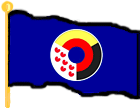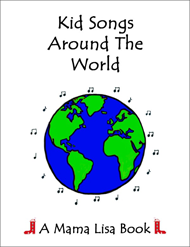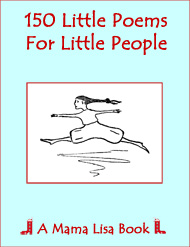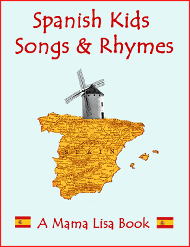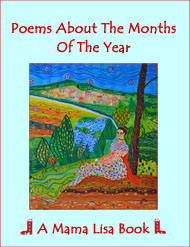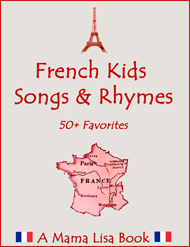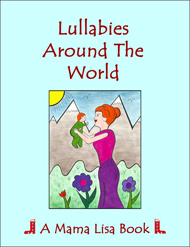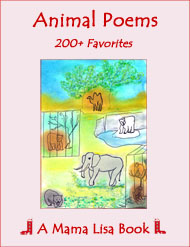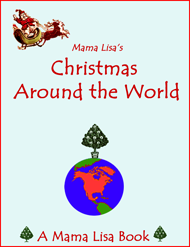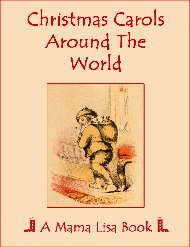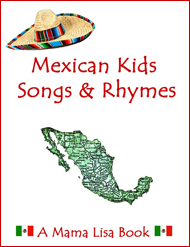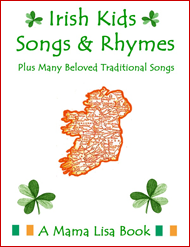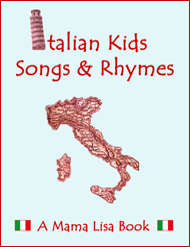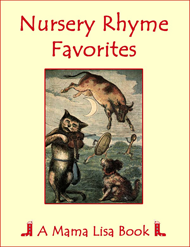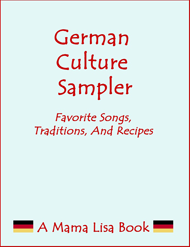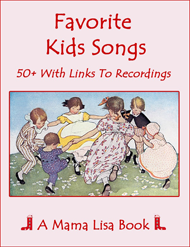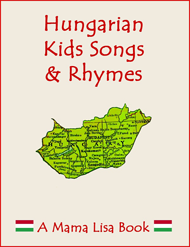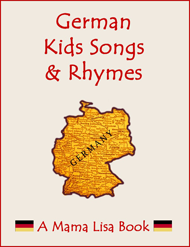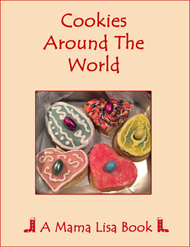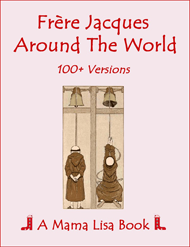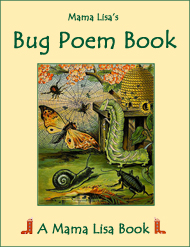De Maitiid
This song is also called "Maitiidsang" (Spring Song).
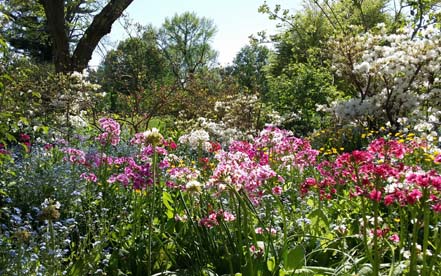
De Maitiid
The Spring
Folk Song
Folk Song
(Frisian)
(English)
Dan komt de maitiid, maitiid yn it lân.
Dan laket alles, alles jin sa oan.
De moaie maitiid mei syn blauwe loft,
is foar minsken en foar blom grif it moaiste skoft,
is foar minsken en foar blom grif it moaiste skoft.
Then comes the spring, spring in the land.
Then everything, everything smiles at you.
The beautiful spring with its blue sky
Is probably the most beautiful season for people and for flowers.
Is probably the most beautiful season for people and for flowers.
Notes
Here's the full song in Frisian with an English translation (and explanations) by Peter Hans van den Muijzenberg:
De Maitiid
(Spring-time)
Kearsankje (Chorus)
Dan komt de maitiid, maitiid yn it lân.
(Then comes the Spring-time, Spring-time in the land) [Mostly a matter of metre]
Dan laket alles, alles jin sa oan.
(Then everything laughs, it all laughs at you) [Meter, "jin" is actually "one/s", but the difference in pronouns is neigh untranslatable; it's the world who is laughing (laket), at least as we experience it, though it may really be us who is the origin.]
De moaie maitiid mei syn blauwe loft,
(Beautiful spring-time, with its sky of blue,) [Meter, though it's just "blue sky"; it should be noted that may(ing)-time, actually has a better sound to it. (That's probably why it was written that way.); note there's a comma and the sentence continues]
is foar minsken en foar blom grif it moaiste skoft,(Is for people and for flowers sure the greatest time.) [Meter - In fact, the previous sentence would do better with 'blue is in the sky;' -rhymes better, but less precise of course, "the most beautiful time" is a more accurate translation, it just doesn't flow as well; I learned this song with the word "blommen", rather than "blom", but I don't know what the original says]
is foar minsken en foar blom grif it moaiste skoft.
(Repeated line)
*
As de fûgels striekes sjouwe nei it dak of holle beam.
(When the birds carry straw-lets, to roof or hollow tree.) [Actually "THE roof", but it's a meter problem]
As de fjilden har ûntjouwe en de blomkes iepen gean.
(As the fields are developing, and the flowers open up [blomkes strictly speaking would be "flower-lets", but it's not as common in English as it is in Frisian; the reason the grain is already developing, is that it's winter-grain, thus harvested in July; there may be a better alternative for "developing", at least metre-wise.])
*
Kearsankje
(Chorus)
Dan komt de maitiid, maitiid yn it lân. Dan laket alles, alles jin sa oan.
De moaie maitiid mei syn blauwe loft,
is foar minsken en foar blom grif it moaiste skoft,
is foar minsken en foar blom grif it moaiste skoft.
*
As twa jonge minske-herten troch de leafde bin ferbûn.
(As two young human hearts, are together bound through love.) ["Together bound" doesn't add anything, except syllables]
En it houlik wurd besletten 't grutte libben wurd begûn.
(And the wedding establishes that "real" life has begun.) [That is, two people are no longer part of their parent's families. The reason this is the same song is that matches are tied in May, traditionally.]
*
Kearsankje
(Chorus)
Dan komt de maitiid, maitiid yn it lân. Dan laket alles, alles jin sa oan.
De moaie maitiid mei syn blauwe loft,
is foar minsken en foar blom grif it moaiste skoft,
is foar minsken en foar blom grif it moaiste skoft.
Comments
"De Maitiidssang" comes from the play "De Tiid Hâldt Gjin Skoft" that was written in 1944. It seems it was performed starting in 1944 or 1945. "De Tiid Hâldt Gjin Skoft" can be found online here. Actually, for seeing the show, this one is better, but it lacks the set list.
This tells us:
1 The name of the song is Maitiidssang.
2 The reason for that name is the theme: Time Takes no Break. Thus, later in the show are Simmersang [summer-song] and Wintersang [Winter-song]. They are reprises with different lyrics. Also, the spoken words in between the songs have the same metre/pattern.
3 The author of the whole show is given as Tetman de Vries.

Thanks!
Thanks!
Thanks and Acknowledgements
Many thanks to Henk Wolf for contributing and translating this song. Thanks to Fun with Frisian for the translation of the 2 other lines of text. Thanks to Peter Hans van den Muijzenberg for sharing the long translation. Thanks to Peter Hans van den Muijzenberg for sharing the long translation, for his comments and for researching the origins of the song.
Photo: Lisa
Tanke wol!


